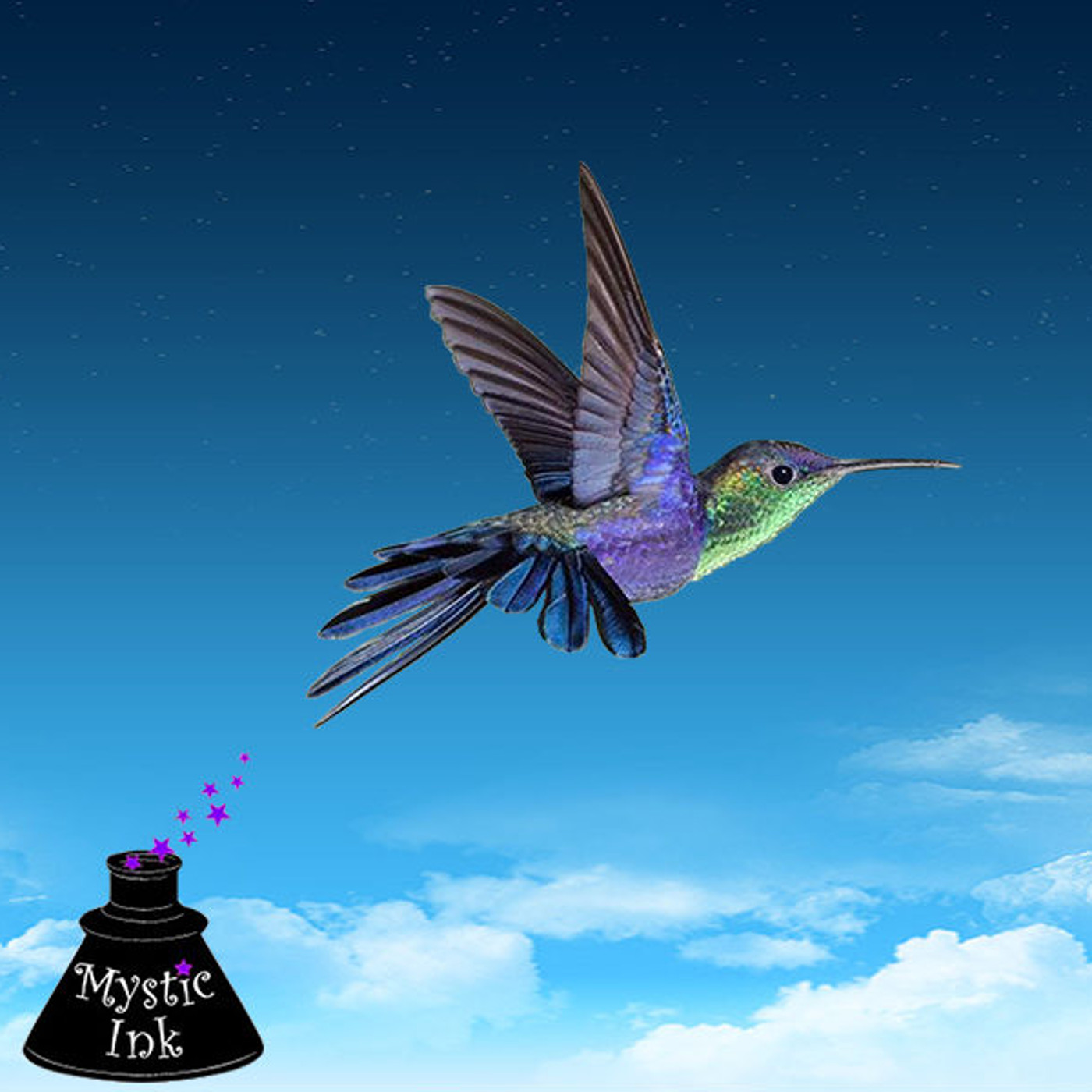How We Created the Non-Sense Prison We Live In
In the 21st century we find ourselves living in a paradoxical technological age where we are all connected with near instantaneous text and video communication as well as access to a vast storehouse of information both good and bad that spans the globe. In spite of this abundance of data, many of us spend our time alone on social media watching cat videos or some other silliness, or raising our blood pressure from divisive politics or some kind of social injustice. Not only are we more disconnected, isolated, and alienated from each other, evident in the way so many of us, even in social situations are glued to our smart phone screens, we are for the most part more divided and cut off from the natural world than ever before.
Transcript
HOW WE CREATED THE NON-SENSE PRISON WE LIVE IN
In the 21st century we find ourselves living in a paradoxical technological age where we are all connected with near instantaneous text and video communication as well as access to a vast storehouse of information both good and bad that spans the globe. In spite of this abundance of data, many of us spend our time alone on social media watching cat videos or some other silliness, or raising our blood pressure from divisive politics or some kind of social injustice. Not only are we more disconnected, isolated, and alienated from each other, evident in the way so many of us, even in social situations are glued to our smart phone screens, we are for the most part more divided and cut off from the natural world than ever before.
How could this happen?
The surprising answer to this quandary goes all the way back to how we originally altered our perception of reality in the way we chose to communicate.
ilosopher Giambattista Vico (: rance, Jean-Jacques Rousseau (:When we consider the early Semitic aleph-beth, we can recognize its pictographic inheritance. Aleph, the first letter is also the ancient Hebrew word for ox. The shape of the letter was an ox's head with horns turned over to become the letter A. Similarly, the name of the Semitic letter mem is the Hebrew word for water, which later became our letter M drawn as a series of waves. The letter ayin, which meant eye in Hebrew was drawn as a circle, the picture of an eye, which was made over into a vowel by the Greek scribes, eventually becoming our letter O and the Hebrew letter qoph. The Hebrew term for monkey was drawn as a circle intersected by a long dangling tail which gave us the letter Q.
With the transfer of phonetic writing to Greece, and the consequent transformation of the Semitic aleph-beth into the Greek alphabet, the progressive abstraction of linguistic meaning from the enveloping life-world reached a level of completion when the Greek scribes took on, with slight modifications both of shapes of the Semitic letters and their Semitic names. Aleph, the first letter which meant ox, became alpha, and beth, the second letter which meant house became beta, while gimmel, the third letter and the word for camel became gamma, and so on.
While the Semitic names had older non-grammatical meanings for those who spoke the Semitic tongue, the Greek version of those names had non-grammatical meaning for the Greeks. While they Semitic name for the letter was also the name of the sensorial entity commonly imagined by or associated with the letter, the Greek name had no sensorial reference whatsoever. While the Semitic name served as a reminder of the worldly origin of the letter, the Greek name served only to designate the human made letter itself. The pictorial iconic significance of many of the Semitic letters, which was memorialized in the spoken names was now lost.
Prior to the advent of the written word, oral traditions passed down through generations dating back to pre-history preserved the cultural knowledge of peoples. This practice is still in use today in many indigenous "illiterate" cultures. For the Greeks, the Homeric epics, probably written down in the seventh century B. C. E., are orally evolved poems that were sung and resung, shifting and complexifying long before they were written down and frozen in the form that we now know them in.
The Greek alphabet was adapted from the aleph-beth several centuries before Plato, most likely during the 8th Century B. C. E., but the new technology did not spread rapidly through Greece. It encountered resistance from a highly developed and ritualized oral culture. The traditions of pre-alphabetic Greeks lived in oral stories regularly recited and passed down from generation to generation by bards, or rhapsodes and the chanted tales carried within their nested narratives the accumulated knowledge of their culture.
Since they were not written down, they were never fixed, but shifted with each telling to fit the circumstances of a particular audience, gradually incorporating new practical knowledge while letting what was obsolete fall away. The sung stories along with the ceremonies they were linked with served as living encyclopedias of their culture, carrying and preserving the collected knowledge and customs of the community, and they themselves remained preserved through repetition and ritual reenactment so there was little need for reading and writing. According to literary historian Eric Havelock, for the first two or three centuries after its appearance in Greece, the alphabet was an interloper lacking social standing. It struggled to achieve use as the elite of society were all reciters and performers.
In a culture as thoroughly oral as the Greeks were back then, the alphabet could only take root by aligning itself with the oral tradition, so the first large written texts to appear in Greece, the Iliad and the Odyssey are paradoxically oral texts; not written compositions, but alphabetic transcriptions of orally chanted poems. Homer was an oral bard or rhapsode, from the Greek rhapsoidein, which meant to "stitch song together" which they did by "stitching together" an oral tapestry from a vast store of memorized epithets and formulaic phrases, embellishing and elaborating a cycle of stories that had already been improvised or "stitched together" by earlier bards since the Trojan War.
When the Homeric epics were recorded in writing, the art of the rhapsodes began losing their preservative and instructive function. The knowledge embedded in epic stories and myths was now captured for the first time in a visible fixed form which could be returned to, examined, and questioned. It was then, under the slowly spreading influence of alphabetic technology, that language began to separate itself from the animate flux of the world, becoming a ponderable presence in its own right.
In The Muse Learns to Write, Havelock stated, "It is only as language is written down that it becomes possible to think about it. The acoustic medium, being incapable of visualization, did not achieve recognition as a phenomenon wholly separable from the person who used it. But in the alphabetized document the medium became objectified. There it was, reproduced perfectly in the alphabet... No longer just a function of me the speaker, but a document with an independent existence."
The scribe or author could now dialogue with his own visible inscriptions, viewing and responding to his own words even as he wrote them down bringing a new power of reflexivity into existence, borne by the relation between the scribe and his scripted text.
Historically, Plato and his mostly non-literate teacher Socrates are recognized as the hinge on which the sensuous, mimetic, profoundly embodied style of consciousness proper to orality gave way to the more detached, abstract mode of thinking engendered by alphabetic literacy. It was Plato who carefully developed and brought to terms the collective thought structures appropriate to the new technology.
What this makes clear is that the shapes of our consciousness are shifting with the technologies that engage our senses much as we can now discern how the distinctive shape of Western philosophy was born at the meeting between the human senses and the alphabet in ancient Greece.
The invention of movable type by Johann Gutenberg in the fifteenth Century, and subsequently the printing press, in the dissemination of uniformly printed texts that it made possible ushered in the Enlightenment and the profoundly detached view of nature that prevails today in the modern world. In recent centuries the industrial and technological practice is made possible by this new distance from the natural world and have carried alphabetic awareness throughout the globe, infiltrating even those cultures that had retained iconic, idiographic writing systems. Couple this with the modern day explosive growth of the internet and the proliferating disconnects we experience among ourselves and the natural world, and we see this distancing process exacerbated to a high degree of complexity.


